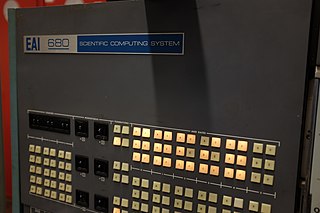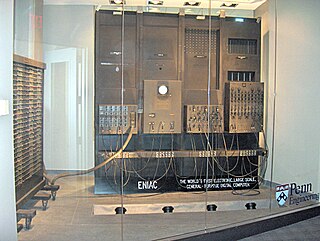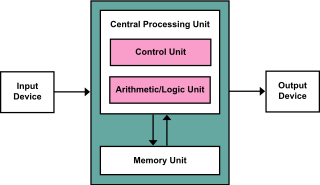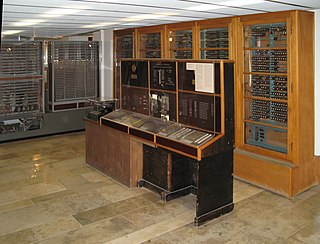 W
WColossus was a set of computers developed by British codebreakers in the years 1943–1945 to help in the cryptanalysis of the Lorenz cipher. Colossus used thermionic valves to perform Boolean and counting operations. Colossus is thus regarded as the world's first programmable, electronic, digital computer, although it was programmed by switches and plugs and not by a stored program.
 W
WElectronic Associates, Inc. (EAI) was founded in 1945 by Lloyd F. Christianson and Arthur L. Adamson and began manufacturing analog computers in 1952. Their systems were used by NASA to develop space probes and simulate physical systems. As digital technology matured, they began production of hybrid digital/analog systems, such as the EAI680 with 156 amplifiers, diode function generators and servo-controlled potentiometers to control input parameters.
 W
WENIAC was the first programmable, electronic, general-purpose digital computer. It was Turing-complete, and able to solve "a large class of numerical problems" through reprogramming.
 W
WHypertext is text displayed on a computer display or other electronic devices with references (hyperlinks) to other text that the reader can immediately access. Hypertext documents are interconnected by hyperlinks, which are typically activated by a mouse click, keypress set, or by touching the screen. Apart from text, the term "hypertext" is also sometimes used to describe tables, images, and other presentational content formats with integrated hyperlinks. Hypertext is one of the key underlying concepts of the World Wide Web, where Web pages are often written in the Hypertext Markup Language (HTML). As implemented on the Web, hypertext enables the easy-to-use publication of information over the Internet.
 W
WMemex is the name of the hypothetical electromechanical device that Vannevar Bush described in his 1945 article "As We May Think". Bush envisioned the memex as a device in which individuals would compress and store all of their books, records, and communications, "mechanized so that it may be consulted with exceeding speed and flexibility". The need for this device stemmed from the difficulty of indexing printed material which distracted researchers and inhibited seamless communication between their colleges. The memex would provide an "enlarged intimate supplement to one's memory".
 W
WThe von Neumann architecture—also known as the von Neumann model or Princeton architecture—is a computer architecture based on a 1945 description by John von Neumann and others in the First Draft of a Report on the EDVAC. That document describes a design architecture for an electronic digital computer with these components:A processing unit that contains an arithmetic logic unit and processor registers A control unit that contains an instruction register and program counter Memory that stores data and instructions External mass storage Input and output mechanisms
 W
WThe Z4 was arguably the world's first commercial digital computer. It was designed by German engineer and early computer scientist Konrad Zuse and built from 1942 to 1945 by the company he founded, Zuse Apparatebau. The Z4 was Zuse's final target for the Z3 design. Like the earlier Z2, it comprised a combination of mechanical memory and electromechanical logic, so was not a true electronic computer.